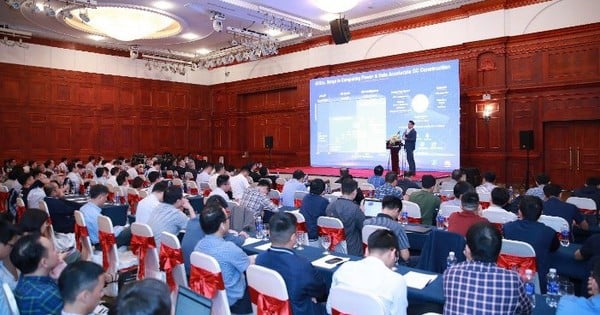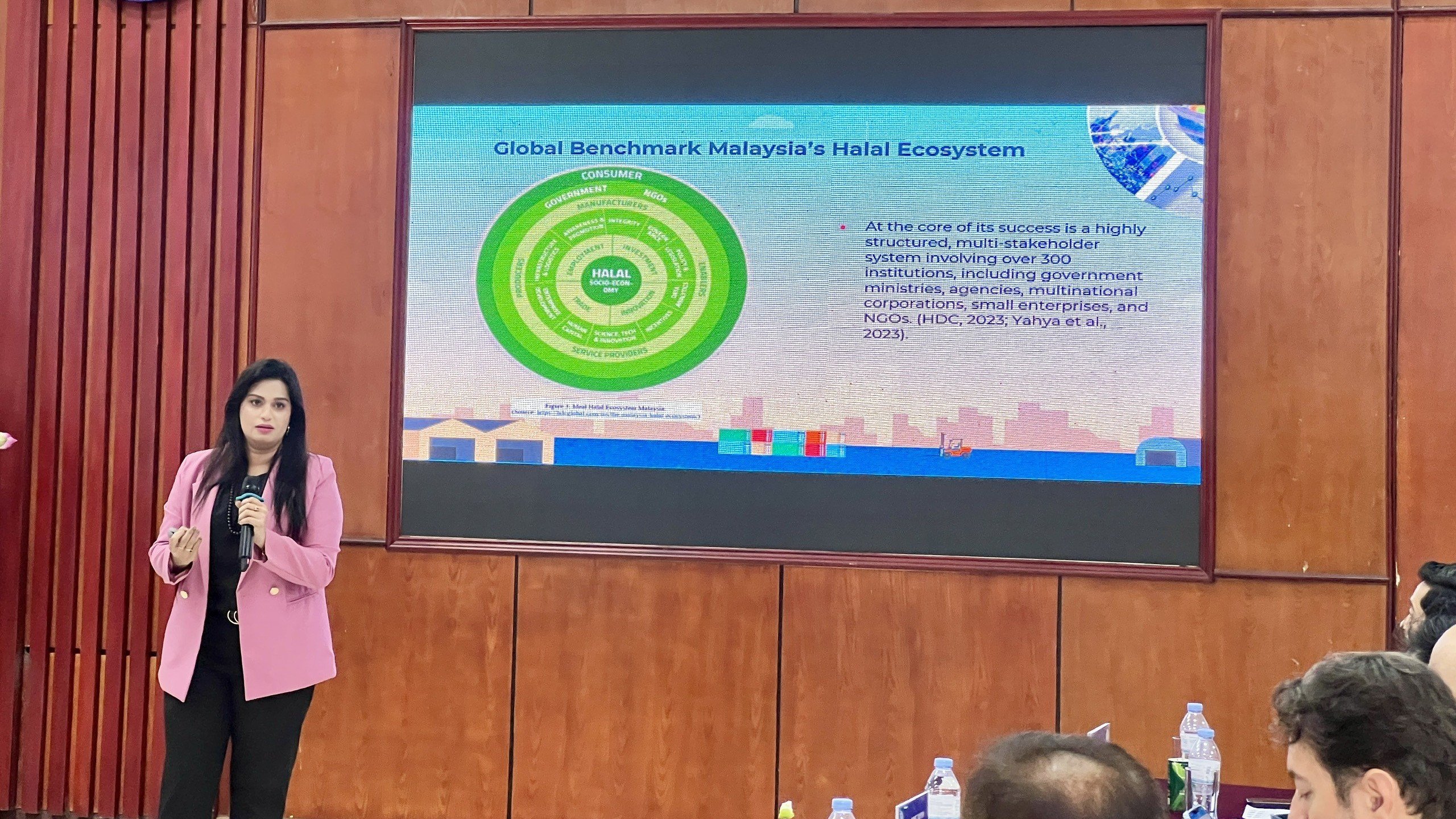The Nazca Lines, located in the Nazca Desert in southern Peru, are a popular tourist attraction and have fascinated scientists since they were discovered about a century ago.

One of the Nazca lines was recently discovered using AI.
Seen from above, the figures consist of large lines, depicting on the ground many images that suggest animals, plants, imaginary creatures and geometric shapes. These drawings still contain many mysteries that attract the attention of archaeological researchers.
AFP news agency reported on September 24 that in a new study, archaeologist Sakai Masato, from Yamagata University (Japan), said the team applied artificial intelligence (AI) to map the distribution of drawings at Nazca faster and more accurately.
According to the study, AI helped the scientific team identify 303 new drawings at the Nazca plateau after 6 months of field survey, while it took the world nearly a century to discover 430 drawings carved here.
The latest research, published in the journal Proceedings of the National Academy of Sciences (PNAS) on September 23, highlights the potential for AI to be used to speed up discoveries in archaeology, including at famous sites.

Some images of the Nazca plateau were newly discovered when applying AI
Traditional research methods, which involve visually identifying the geoglyphs from high-resolution images of the Nazca Plateau, are time-consuming and can miss some of the geoglyphs, Sakai said, while the AI model is particularly effective at detecting smaller geoglyphs that are difficult to spot with the naked eye.
The lines are believed to have been created 2,000 years ago by pre-Inca people who lived in the Nazca region of southern Peru from 200 BC to AD 700. They were first discovered in 1927 and are now a UNESCO World Heritage Site. What drove the ancient people to create them remains a mystery. Some scientists believe they may have had astrological and religious significance.
Source: https://thanhnien.vn/dung-ai-phat-hien-hon-300-hinh-ve-bi-an-o-cao-nguyen-nazca-185240925204455135.htm


![[Photo] General Secretary To Lam receives French Ambassador to Vietnam Olivier Brochet](https://vstatic.vietnam.vn/vietnam/resource/IMAGE/2025/4/17/49224f0f12e84b66a73b17eb251f7278)
![[Photo] Nhan Dan Newspaper announces the project "Love Vietnam so much"](https://vstatic.vietnam.vn/vietnam/resource/IMAGE/2025/4/17/362f882012d3432783fc92fab1b3e980)
![[Photo] National Assembly Chairman Tran Thanh Man meets with outstanding workers in the oil and gas industry](https://vstatic.vietnam.vn/vietnam/resource/IMAGE/2025/4/17/1d0de4026b75434ab34279624db7ee4a)
![[Photo] Closing of the 4th Summit of the Partnership for Green Growth and the Global Goals](https://vstatic.vietnam.vn/vietnam/resource/IMAGE/2025/4/17/c0a0df9852c84e58be0a8b939189c85a)
![[Photo] Promoting friendship, solidarity and cooperation between the armies and people of the two countries](https://vstatic.vietnam.vn/vietnam/resource/IMAGE/2025/4/17/0c4d087864f14092aed77252590b6bae)





























![[Photo] Welcoming ceremony for Chinese Defense Minister and delegation for friendship exchange](https://vstatic.vietnam.vn/vietnam/resource/IMAGE/2025/4/17/fadd533046594e5cacbb28de4c4d5655)



























![[Video] Viettel officially puts into operation the largest submarine optical cable line in Vietnam](https://vstatic.vietnam.vn/vietnam/resource/IMAGE/2025/4/17/f19008c6010c4a538cc422cb791ca0a1)





































Comment (0)